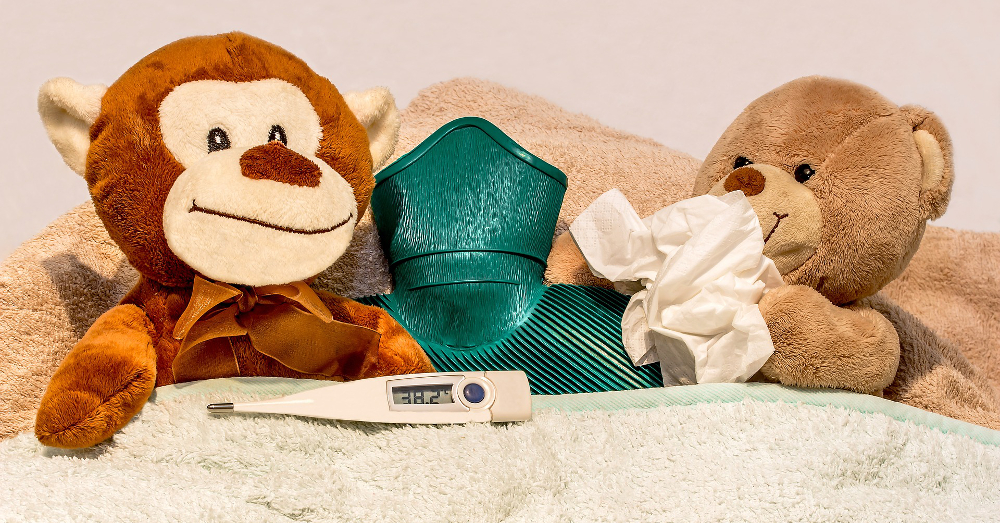
Reduce Indoor Air Pollution
Ninety-two percent of the world population breathe polluted air, and about 7 million deaths are attributed to air pollution each year; a toxic environment is responsible for 1 of every 4 deaths reported worldwide. Indoor air pollution can be as dangerous, or more, than outdoor air pollution. Indoor air is often more contaminated to begin with, and most people spend over 90 percent of their time indoors. The level of air pollution in your home can be two to five times higher than outside, and some of the pollutants you breathe can be as much as 100 times more concentrated indoors.
January 31, 2018 | Source: Mercola.com | by Dr. Joseph Mercola
According to the World Health Organization (WHO), 92 percent of the world population breathe polluted air,1 and about 7 million deaths are attributed to air pollution each year.2 Overall, a toxic environment is responsible for at least 1 of every 4 deaths reported worldwide,3and air pollution is the greatest contributor to this risk. Your body is dependent on the air you breathe and poor air quality can cause serious damage to your lungs, heart and other organ systems.
According to WHO, air pollution is a major contributor to lung and respiratory infections, heart disease and cancer. What many fail to consider is that indoor air pollution may actually be as dangerous, or more, than outdoor air pollution.
For starters, indoor air is often more contaminated to begin with. If you’re like most, you also spend far more time indoors than out. Sociological studies suggest Americans spend nearly 92 percent of their day indoors. Of the remaining 8 percent, only 2 percent is spent in the open outdoors; 6 percent is spent in transit between home and work.4
This means your indoor air quality is really important to your long-term health. Indeed, the Environmental Protection Agency (EPA) has noted that indoor air pollution is one of the top public health risks you face on a daily basis.5 According to the EPA, the level of air pollution in your home can be two to five times higher than outside, and some of the pollutants you breathe can be as much as 100 times more concentrated indoors.6
Health Risks Associated With Air Pollution
In the short term, symptoms of exposure to indoor air pollution resemble symptoms you experience from an allergy or a cold, such as7 worsening asthma; itchy, watery eyes; headaches; dizziness; fatigue and runny nose. These symptoms typically disappear once you leave the problem area. Chronic exposure to air pollution over a longer period of time, however, may result in more chronic and serious conditions, including:8,9,10
|
Bronchitis, asthma, emphysema, accelerated aging of lung tissue, lung tissue redness and swelling, wheezing and shortness of breath |
Premature death |
|
Cancer. According to research published this year, the greater your total pollution exposure, the higher your risk for cancer11 |
Poor sleep. Recent research12 demonstrates two widespread pollutants — nitrogen dioxide (traffic-related air pollution) and PM2.5 (fine-particle pollution) — disrupt sleep and decrease sleep efficiency (a measure of the time spent actually sleeping as opposed to lying in bed awake). People with the highest PM2.5 and nitrogen dioxide exposure were 50 and 60 percent more likely to have low sleep efficiency over a five-year period compared to those with the lowest exposure, respectively |
|
Decreased cognitive function15 |
|
|
Developmental delays in children |
Reproductive problems |
What Causes Air Pollution Indoors?
Two primary sources of indoor air pollution are a) the materials used to construct the building itself and everything in it, including your furniture, and b) chemical products you bring into your home. Common culprits include aerosols such as hair spray and room deodorizers. Many of these sources release volatile organic compounds (VOCs) that have both short term and long term health effects.
Paying careful attention to these two broad categories can go a long way toward improving your indoor air quality. When rebuilding or refurbishing your home, be sure to look for “green” materials that are free of toxic chemicals. This goes for everything from furniture, upholstery and carpeting to wall construction materials and paint. At the end of this article, I’ll provide a number of other remedial action items as well.
Modern buildings are also more airtight, for efficiency purposes, and need to be properly ventilated to prevent or reduce the buildup of indoor air pollution.16 One of the easiest ways to improve your indoor air quality is to open your windows each day to get some cross ventilation going. Even if the air outside isn’t pristine, it’s likely to be better than what’s built up inside your home.
